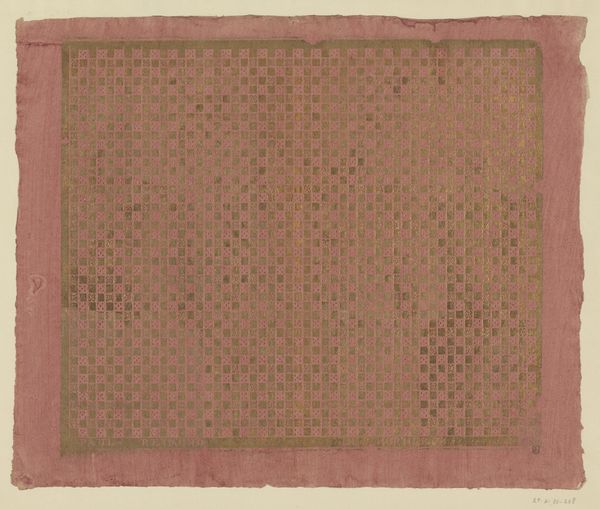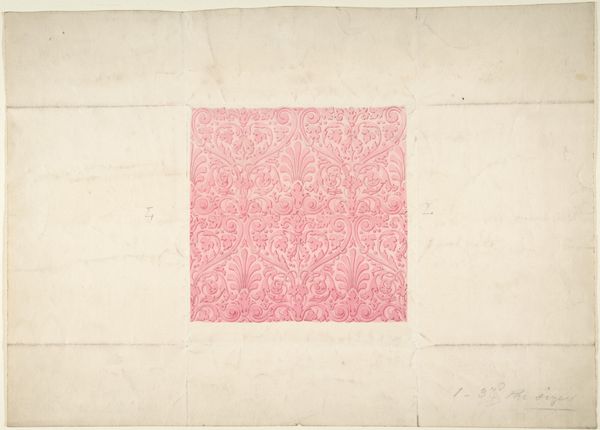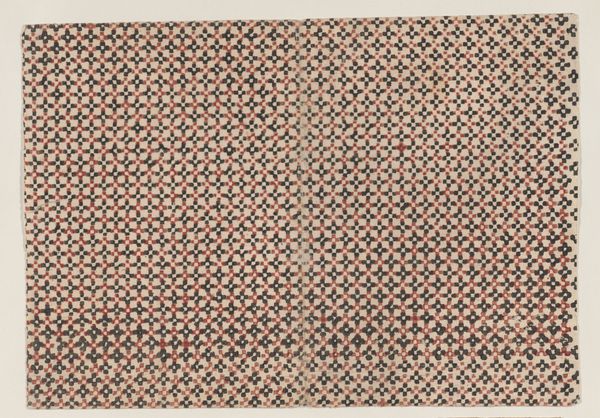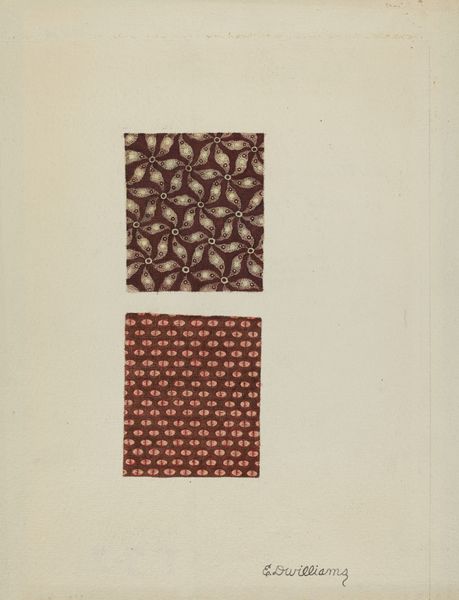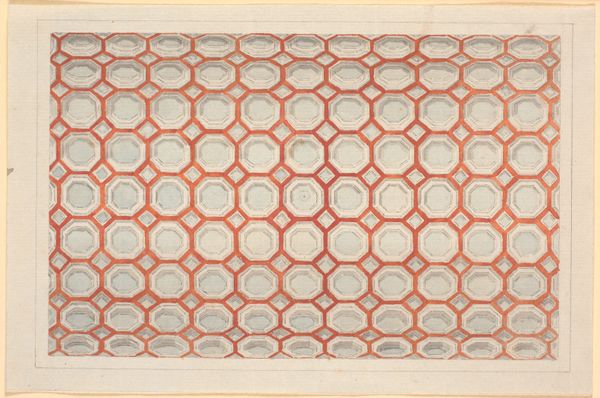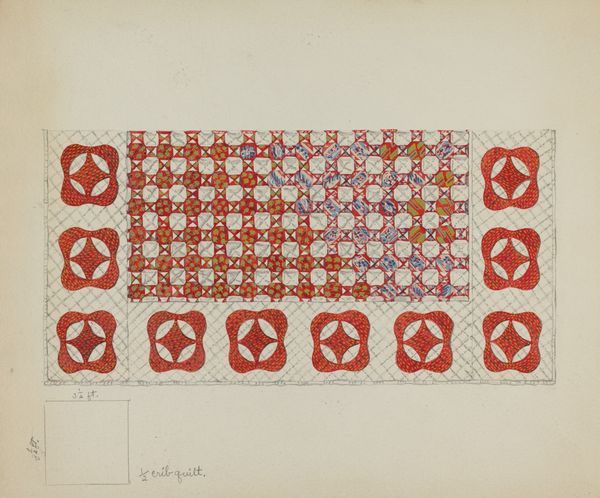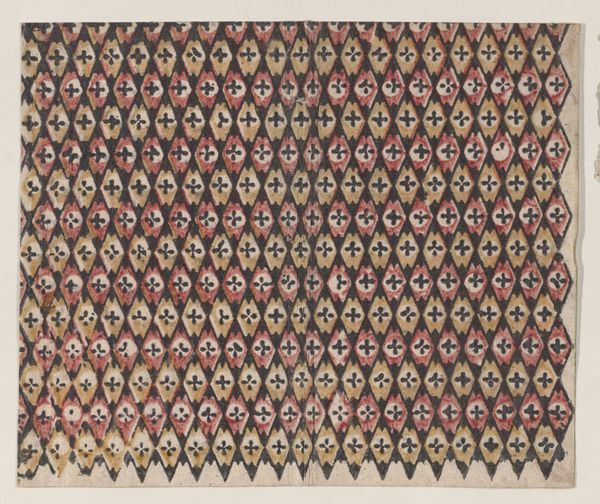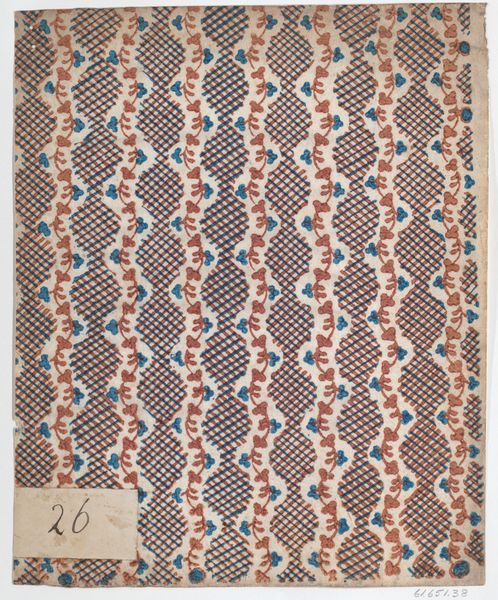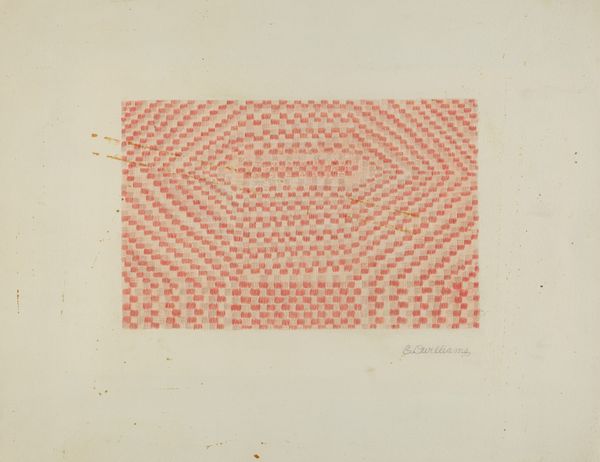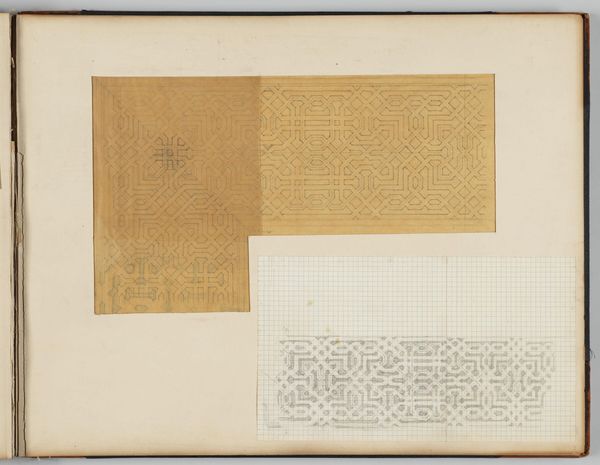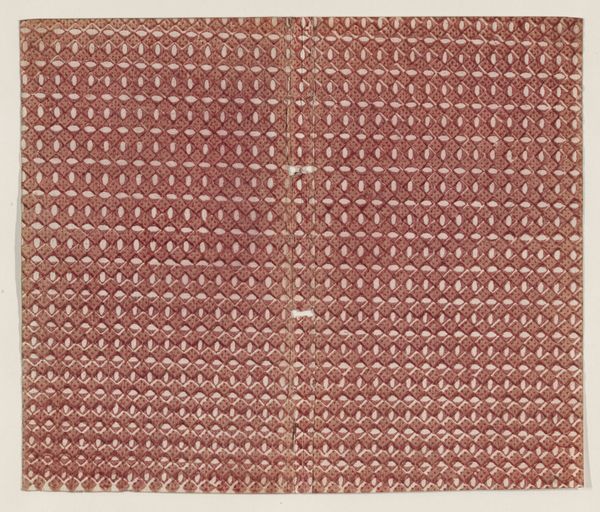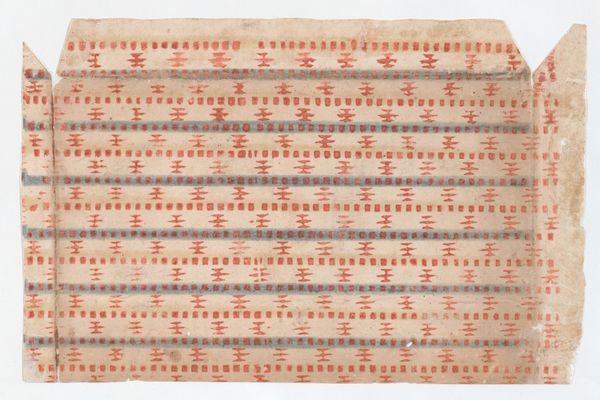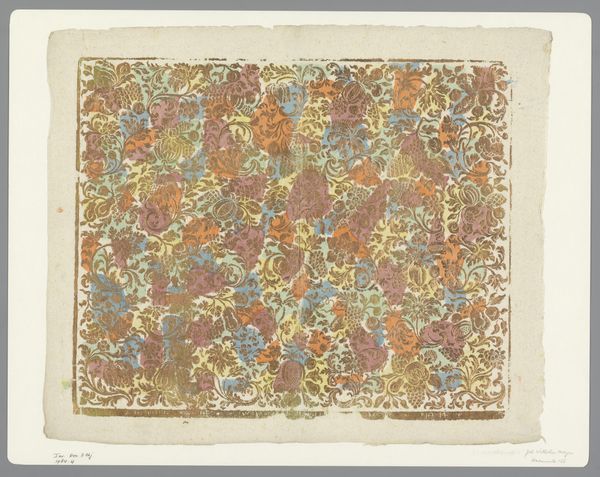
Dimensions: support: 162 x 251 mm
Copyright: © The Joseph and Annie Albers Foundation/VG Bild-Kunst, Bonn and DACS, London, 2014 | CC-BY-NC-ND 4.0 DEED, Photo: Tate
Editor: This is Josef Albers' *Untitled Abstraction V*. Looking at the crisscrossing lines and the way those circles hover, I get a sense of playful unease. What's your take? Curator: Playful unease! I love that. For me, it's a visual puzzle. Albers wants us to question perception. Are the circles advancing or receding? Is the grid solid or dissolving? It teases the eye, doesn't it? Perhaps it’s an invitation to see beyond the surface, to find the extraordinary in the everyday geometry that surrounds us. Editor: So, it's less about what it *is* and more about how we *see* it? Curator: Precisely! Art’s greatest trick isn't to show us the world, but to teach us how to see it differently. Editor: That makes a lot of sense!
Comments
tatemodern 7 months ago
⋮
http://www.tate.org.uk/art/artworks/albers-untitled-abstraction-v-t12205
Join the conversation
Join millions of artists and users on Artera today and experience the ultimate creative platform.
tatemodern 7 months ago
⋮
Albers was fascinated by the nature of visual perception. The interlocking shapes of Untitled Abstraction V play with ideas of perspective and make it difficult to distinguish between foreground and background. In Germany, Albers taught at the Bauhaus school of art and design from 1923, and after the National-Socialist regime forced it to close in 1933 he carried its utopian ideas with him to a new teaching post at Black Mountain College in North Carolina. The Neoconcrete Manifesto, displayed in the vitrine below, mentions Albers as an important influence on the Brazilian movement. Gallery label, January 2022
